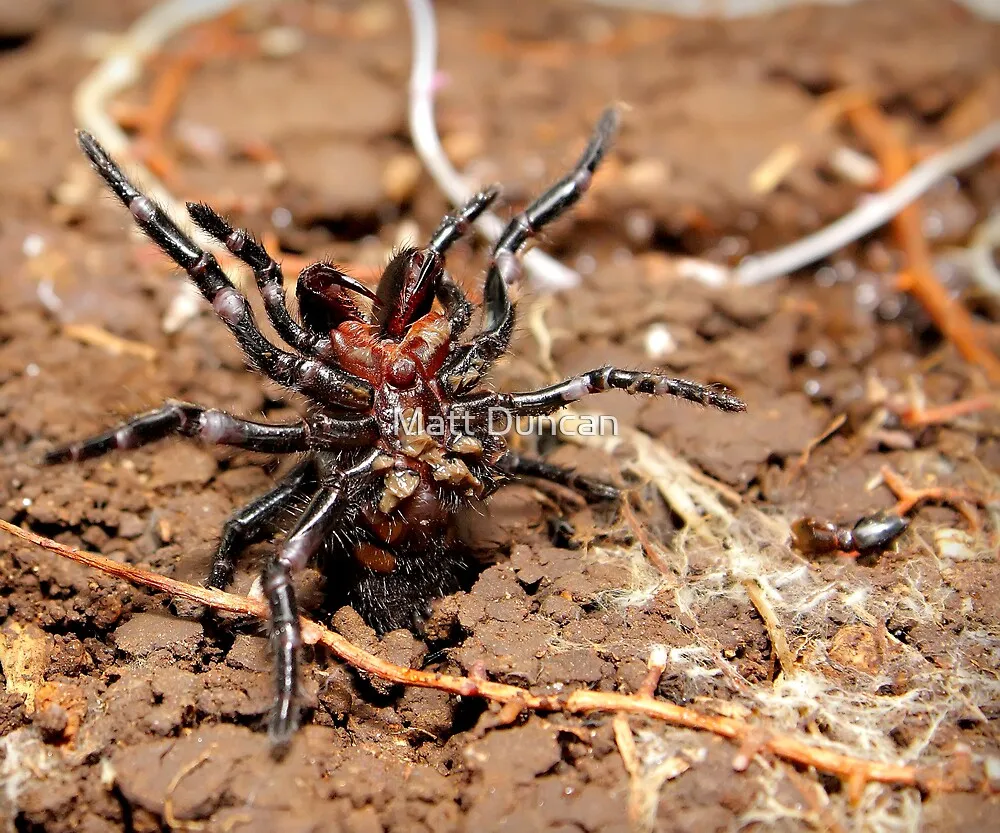Spiders, with their eight legs and often misunderstood nature, fascinate and sometimes frighten us. Among the vast array of spider species, tarantulas and funnel web spiders stand out. Both are venomous, but understanding the key differences between them is crucial for anyone living in or visiting regions where they are found. This article explores the top 5 differences between tarantulas and funnel web spiders, helping you to distinguish between these arachnids and appreciate their unique characteristics. From their appearance to their behavior and venom potency, we’ll delve into what sets these two spiders apart.
Appearance Differences between Tarantulas and Funnel Web Spiders
The first thing you’ll notice when comparing a tarantula and a funnel web spider is their physical appearance. Tarantulas are generally larger and more robust, often covered in a dense coat of hairs that can range in color from brown and black to vibrant hues like orange or blue. Funnel web spiders, on the other hand, tend to be smaller and have a more streamlined appearance. They are usually dark in color, with a glossy carapace and less hair. The overall body shape and size offer an immediate clue. Recognizing these differences in appearance can be the first step in correctly identifying these spiders and understanding their different survival strategies. The variations in their bodies reflect their different lifestyles and the environments they inhabit.
Size and Build
Tarantulas are among the largest spiders in the world, with some species boasting leg spans exceeding 10 inches. Their bodies are bulky and heavily built, designed for strength and power. Funnel web spiders are significantly smaller, typically with a leg span of up to 5 inches for the larger species. Their build is more slender and agile, enabling them to move quickly within their web structures. This difference in size and build is a key indicator. The larger size of tarantulas reflects their predatory lifestyle, as they hunt larger prey, while the smaller size of funnel web spiders aligns with their need for speed and agility within their web habitats.
Coloration and Markings
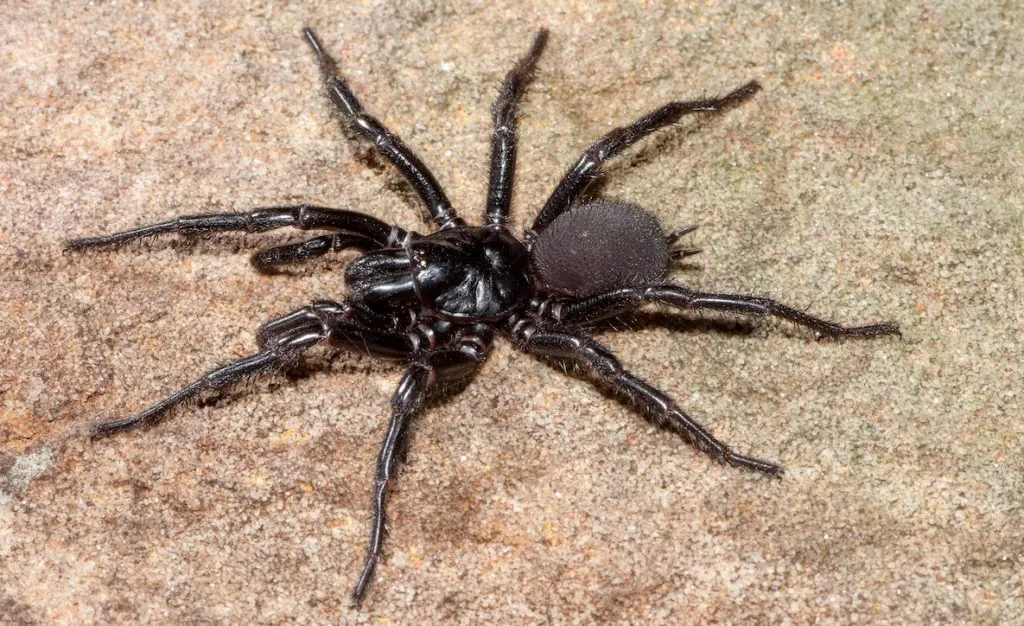
Tarantulas display a wide variety of colors and patterns. Some have striking markings, with vibrant blues, oranges, or reds on their bodies and legs, serving as a form of camouflage or a warning to potential predators. Funnel web spiders are generally less colorful, with a more subdued palette of browns, blacks, and greys. Their markings are often simpler, with a glossy sheen on their carapace that helps them blend into their surroundings. These differences in coloration and markings contribute to how the spiders navigate their environments and attract (or avoid) the attention of other creatures.
Habitat and Geographic Distribution
The habitats where tarantulas and funnel web spiders are found differ significantly. Understanding these environments can help in identifying these spiders and knowing where to be cautious. The geographic distribution of these spiders also provides valuable insights into their adaptation to different climates and ecosystems. The environment plays a critical role in the survival and behavior of both spiders.
Tarantula Habitats
Tarantulas inhabit a variety of environments, including tropical rainforests, deserts, and grasslands. They are found on every continent except Antarctica. Many tarantula species are terrestrial, living in burrows they dig themselves or occupy abandoned rodent holes. Some are arboreal, living in trees and shrubs. Their habitat preferences depend on the species, but most prefer warm, humid environments. Their burrows help them regulate their body temperature and provide protection from predators. The diversity of habitats reflects the adaptability of these spiders to different ecological niches.
Funnel Web Spider Habitats

Funnel web spiders are primarily found in Australia, with some species also present in New Zealand. They construct distinctive funnel-shaped webs in sheltered locations such as under rocks, logs, and in crevices. These webs serve as both a home and a trap for prey. The moist, protected environments are ideal for their web-building and hunting strategies. Their habitat choices reflect their need for security and a consistent food supply. Their restricted geographic distribution makes them a concern in areas where they are prevalent.
Venom and Bite Potency
While both tarantulas and funnel web spiders possess venom, the composition and effects of their venom differ significantly. The potency of the venom is a crucial factor when considering the dangers these spiders pose to humans. Understanding these differences can guide in immediate medical responses.
Tarantula Venom
Tarantula venom is generally not considered highly dangerous to humans. Their bite can be painful, and may cause localized symptoms such as redness, swelling, and muscle cramps, but fatalities are extremely rare. The primary use of their venom is for subduing prey, which typically consists of insects and small animals. The venom’s effects are usually mild, and most people recover without medical intervention. Tarantula bites are often compared to a bee sting in terms of severity.
Funnel Web Spider Venom
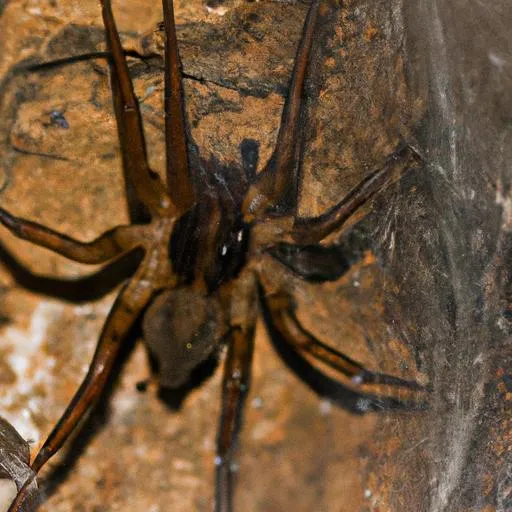
Funnel web spiders, particularly the male Sydney funnel-web spider, have a much more potent venom that can be extremely dangerous to humans. Their venom contains a complex mix of toxins that can affect the nervous system, leading to symptoms such as muscle spasms, difficulty breathing, and potentially death. Antivenom is available and has significantly reduced the number of fatalities, but a bite from a funnel web spider requires immediate medical attention. The severity of their venom underscores the importance of caution and awareness in areas where these spiders are found.
Behavioral Traits
The behavioral traits of tarantulas and funnel web spiders also offer key differences. These behaviors, driven by their survival needs, help differentiate them in their natural habitats. By understanding these behaviors, we can better predict how these spiders might respond to various situations.
Tarantula Behavior
Tarantulas are generally solitary creatures and are typically not aggressive. They are nocturnal hunters, often ambushing their prey, and may retreat into their burrows when threatened. They use hairs on their abdomen as a defense mechanism, flicking them at perceived threats. Their behavior is often characterized by patience and stealth. Tarantulas also have distinct mating rituals which involve drumming and careful approaches. These mating habits are a key part of tarantula social interaction.
Funnel Web Spider Behavior
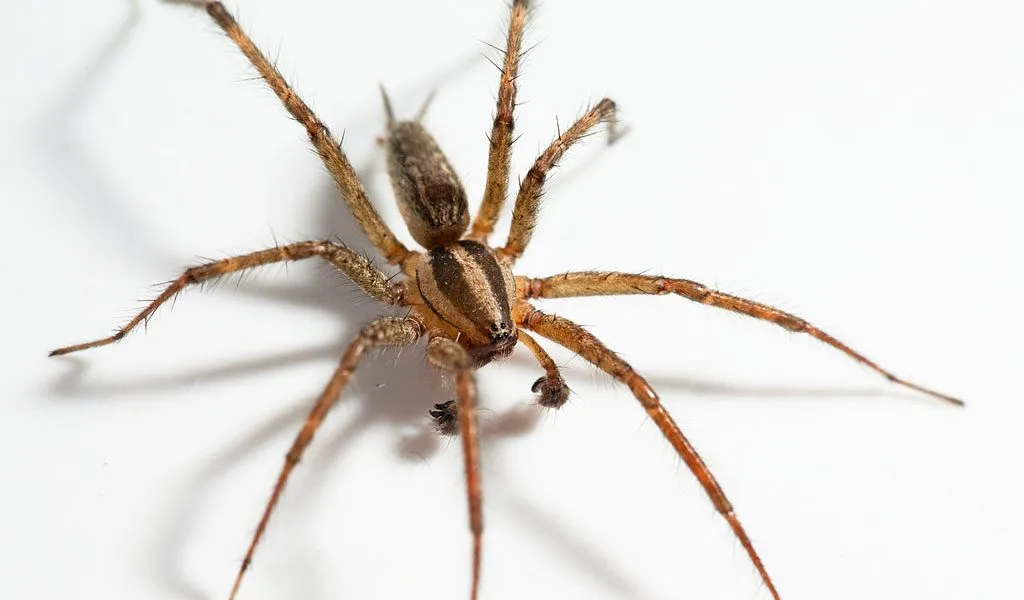
Funnel web spiders are highly aggressive, especially the males, and they are known for their defensive behavior when disturbed. They are also nocturnal, actively hunting prey that wanders into their webs. Unlike tarantulas, funnel web spiders are known to bite repeatedly if they feel threatened, injecting more venom with each bite. Their aggressive nature and potent venom make them a significant threat. Male funnel web spiders, in particular, are prone to wandering, especially during mating season, increasing the chances of human encounters.
Web Structures
The web structures created by tarantulas and funnel web spiders are as distinct as their physical traits and behaviors. These webs play a critical role in their hunting strategies and survival. The differences in web structures are fundamental to their hunting strategies and adaptations to their respective environments.
Tarantula Web Structures
Tarantulas do not build elaborate webs to catch their prey. Instead, they often use silk to line their burrows or create trip lines to detect the presence of potential prey. They are ambush predators, relying on their speed and strength to capture insects, small mammals, and other creatures. Their silk is mainly for structural support and to create a safe environment. The simplicity of their web structures complements their hunting style, emphasizing stealth and direct engagement.
Funnel Web Spider Web Structures
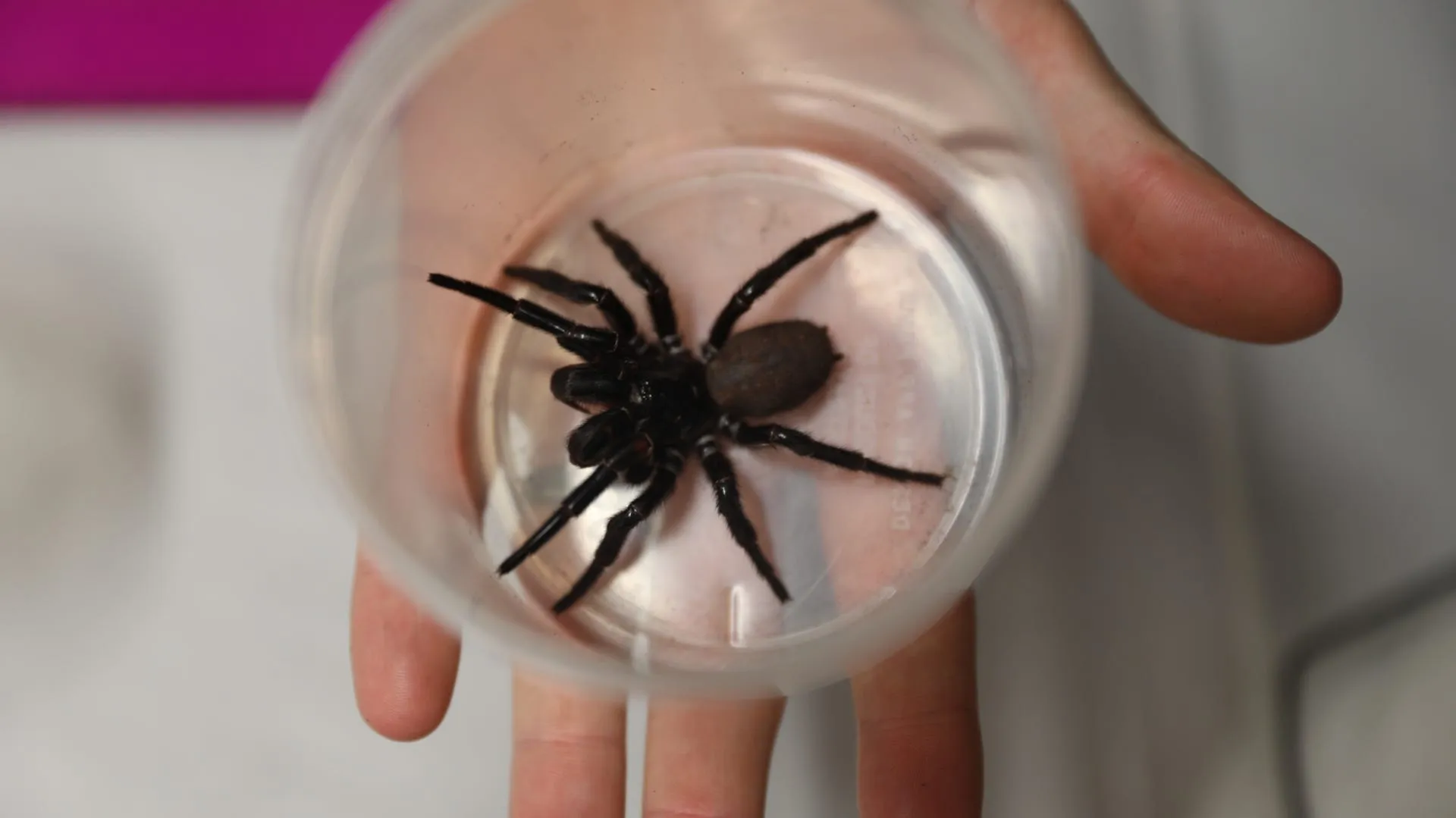
Funnel web spiders construct distinctive funnel-shaped webs that are designed to trap unsuspecting prey. The webs typically consist of a funnel-like retreat, where the spider waits for its prey, and a sheet-like expanse that extends outward. When an insect or other small creature walks across the web, it triggers the spider to rush out and attack. The intricate design of the web allows for a sensitive detection system and efficient trapping. These webs are a hallmark of funnel web spiders, providing both shelter and a hunting advantage.
In conclusion, the differences between tarantulas and funnel web spiders extend beyond mere appearance. From their size and coloration to their habitat, venom potency, behavior, and web structures, each aspect reveals a unique adaptation to their respective environments. While tarantulas are generally docile and their venom is less potent, funnel web spiders are aggressive and their venom can be deadly. Recognizing these distinctions is important for anyone who may encounter these spiders. Appreciating these differences can help us better understand and appreciate the diversity of the spider world, while also ensuring our safety.
